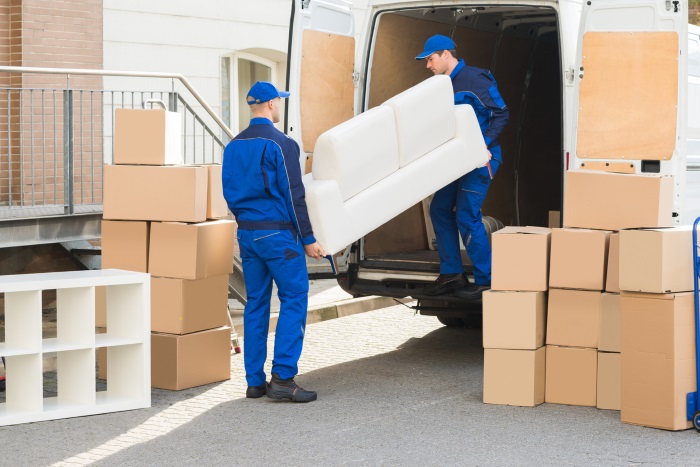One of the more daunting prospects of moving aboard is working out the logistics of shipping all your worldly possessions half way around the world. So what should you consider when planning to move your possessions overseas?
What do you need?
One of the first things to think about is whether it’s worth shipping absolutely everything you own. Often it can be easier (and even cheaper) to sell and replace some of your basic household items and furniture rather than to arrange shipping them.
Be ruthless and consider whether you have an emotional attachment to an item, whether it’s useful and how much it would cost to replace.
If your move overseas is temporary you could always arrange for storage in the UK and leave your bigger items securely at home.
What are your shipping options?
Once you’ve decided what items you’ll be taking with you, you’ll need to decide on the method of shipping.
The cheapest and easiest option is via road, which allows you to either hire a large vehicle to move your belongings yourself or employ an international removals company to do this for you. However, this is of course only available to those who are moving to a place that has road links such as Europe and can be a long and laborious endeavour if there’s a long distance to cover – especially if you opt to drive yourself.
The second option when moving your possessions abroad is to go by air, which is generally the quickest form of shipping and should allow you to begin properly moving in to your new home almost immediately. But that speed and convenience comes at a cost, and shipping by air can be notably more expensive than alternative options.
The third option is to ship by sea, which is often the method of choice for those looking to save money when moving some of their bulkier furniture and appliances. The option of being able to share a shipping container can allow you to make great savings when moving your possessions.
However, the major drawback of shipping via sea is that it’s by far the slowest method, and you may have to survive without your belongings for some time after arriving abroad.
Which removals company should you use?
The next thing to consider is which removal company to use. Get a list of potential candidates together and look into their reputation (checking out testimonials and online reviews) and compare what each company offers in terms of services, such as whether they will pack for you or if they place and restrictions on weight, height etc.
It’s also best to take out removals insurance as even the most reputable company can sometime experience mishaps that result in damage to or loss of items. Many removals companies will offer insurance as part of the price package, although you may wish to consider a third party insurer if the company doesn’t offer full coverage for items that you’ve packed yourself.
It’s also a really good idea to do a through inventory before shipping your possessions abroad, including taking photographs of all your items so you have a proof of condition if any issues do arise.
Finally, here are a few tips to keep in mind when packing:
• Don’t skimp on packing materials, while cramming everything into boxes from the local supermarket may be fine when moving domestically, they are unlikely to stand up against the rigors of a long international move.
• Place books or other items vulnerable to mould in a plastic container instead of a cardboard box, otherwise the lengthy process of shipping by sea is guaranteed to allow moisture to reach them.
• When packing your luggage for immediate use, remember to pack appropriately for your new home. You don’t want to only have shorts and t-shirts to hand if the country you’re moving to will be in the middle of winter!
• Don’t forget the packing basics, like placing heavy objects underneath your light and fragile items!








